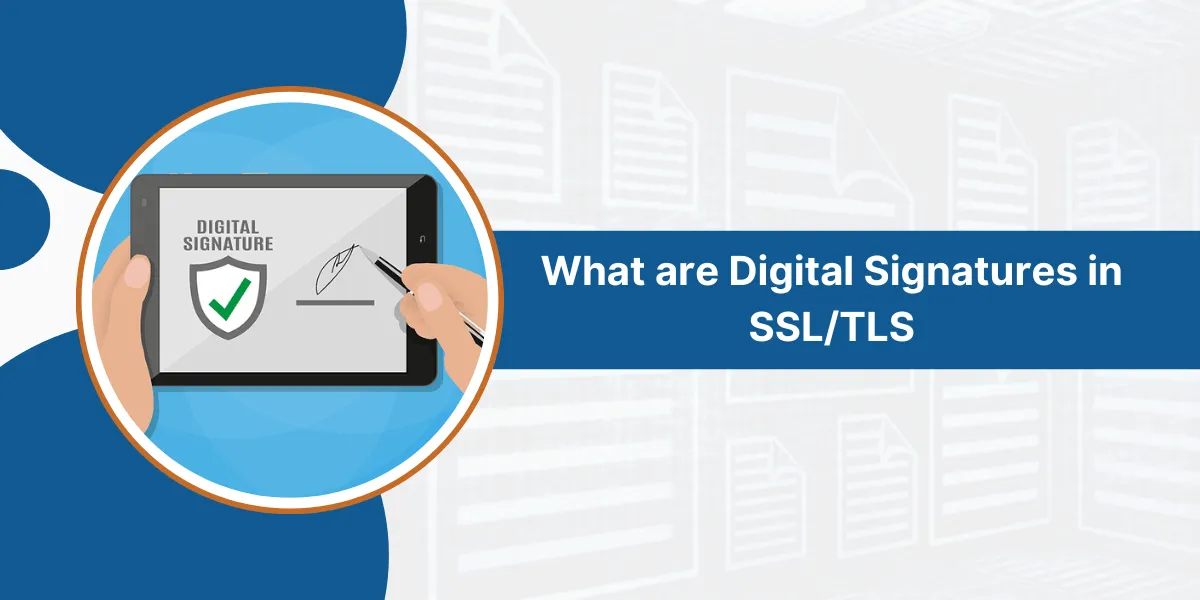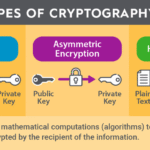In the vast ocean of the internet, crucial principles function as lighthouse beacons, guiding travelers to safe harbors. Among them, Transport Layer Security (TLS) and Secure Sockets Layer (SSL) serve as bulwarks of protection, ensuring that our sensitive information remains confidential during its digital journey. Imagine embarking on a treacherous sea voyage, where data is the precious cargo at risk of marauding pirates. In this perilous environment, understanding how TLS, SSL, and digital signatures interweave to form a cohesive security tapestry becomes imperative.
First, let us navigate through the core of this technology: SSL and its successor, TLS. Originally designed in the mid-1990s, SSL provided a secure framework for transmitting information over the web. However, as vulnerabilities were identified, TLS emerged as its evolved counterpart, effectively shoring up the ship’s hull to withstand modern threats. Practically, SSL and TLS perform similar functions, ensuring the confidentiality, integrity, and authenticity of data exchanged between clients and servers.
To visualize this, think of SSL/TLS as a protective envelope. When you send a letter, you place it inside an envelope that keeps it secure from prying eyes. This is analogous to how SSL/TLS encrypts the data that travels over the internet. Encryption serves as a foreign language, a cipher that transforms your message into an undecipherable format for anyone who might intercept it.
Once the envelope (or encrypted message) reaches its destination, it requires a key to unlock it. This is where the concept of keys becomes paramount. In the context of SSL/TLS, two types of keys are typically involved: symmetric keys and asymmetric keys. Symmetric keys are like a shared secret among friends—only those in the know can access the contents. Conversely, asymmetric keys employ a dual-key system, consisting of a public key and a private key, much like a pair of handcuffs that can only be unlocked with a specific key.
The public key is openly available and functions as the locking mechanism that secures the message inside the envelope. The private key, however, is kept under lock and key by the receiver, ensuring that only they can open it. This duality is a cornerstone of modern security and is particularly beneficial in facilitating secure communications over untrusted networks.
As we delve deeper, we encounter digital signatures, which can be likened to the wax seal that once adorned important letters in ages past, authenticating their source. A digital signature operates on the principle of hashing—transforming data into a fixed-length string of characters. This unique hash is a fingerprint of the original message. The sender then encrypts the hash with their private key to create a digital signature that verifies the integrity of the message, akin to a distinctive mark confirming authorship.
When the message is received, the recipient can use the sender’s public key to decrypt the digital signature, thereby retrieving the original hash. By hashing the received message and comparing it to the decrypted hash, the recipient can confirm whether the message remains unaltered. If both hashes match, it acts as a green light—validating both the integrity and authenticity of the sender’s identity. Thus, digital signatures fortify the chain of trust that underpins digital interactions.
However, the importance of SSL/TLS and digital signatures extends beyond simple encryption and authenticity—it envelops the broader narrative of trust in the digital realm. Just as a passport confirms your identity while traveling abroad, SSL/TLS certificates serve as digital passports for websites. When you encounter HTTPS—where the ‘S’ signifies ‘secured’—it indicates that the site possesses a valid SSL/TLS certificate, signaling to users that their interactions are encapsulated within a protective framework.
The issuance of these certificates occurs through Certificate Authorities (CAs), akin to sovereign entities tasked with issuing credentials. When a CA verifies a website’s legitimacy, it vouches for the entity’s identity, thus promoting trust among users. Consequently, this assurance motivates individuals to engage in online transactions without trepidation.
In a digital landscape fraught with cyber threats, the synergy between SSL, TLS, and digital signatures stands as a formidable shield against adversity. They enable countless activities, from simple browsing to complex e-commerce transactions. Each time you visit a website that employs SSL/TLS, you are navigating a secured maritime route, where each byte of data is meticulously cloaked in armor.
Despite these advancements, one must remain vigilant and cognizant of the evolving landscape of cybersecurity. Just as pirates adapt to circumvent traditional defenses, malicious entities continuously develop methods to breach security protocols. Hence, it becomes essential to adhere to best practices, such as employing strong passwords, updating software promptly, and recognizing phishing attempts to mitigate risks.
Ultimately, understanding TLS, SSL, and digital signatures transcends mere technical knowledge. It cultivates a profound appreciation for the intricate mechanisms securing our digital lives. Just as a seasoned sailor learns to read the stars and navigate the tides, a well-informed internet user becomes adept at recognizing secure connections, cultivating trust, and confidently traversing the boundless expanse of the web. In this era, knowledge unfolds not just as an armament but as an essential compass guiding us through the digital waves of tomorrow.









Leave a Comment